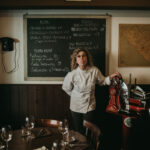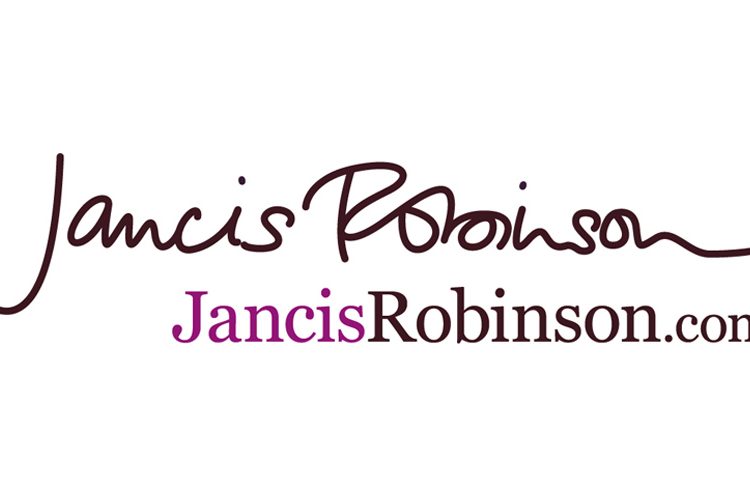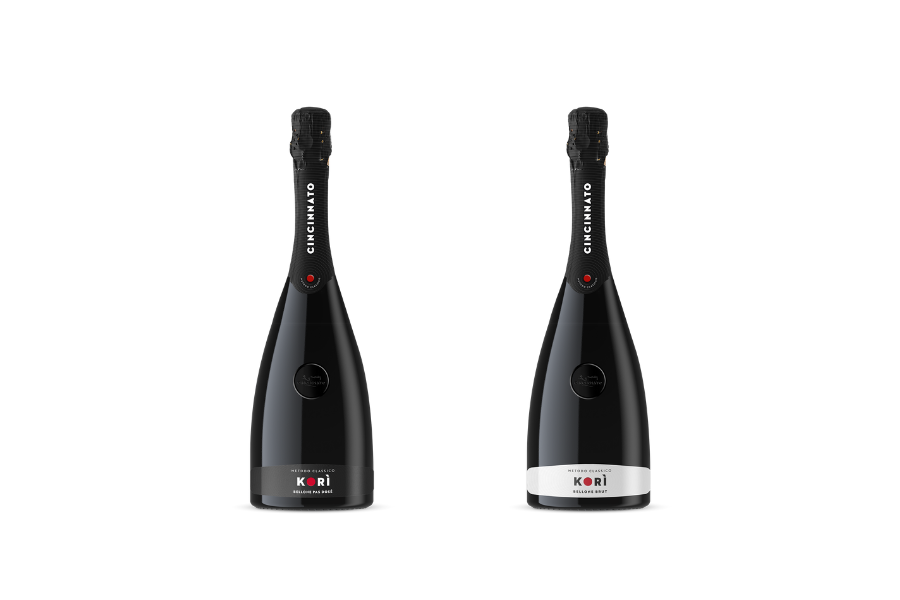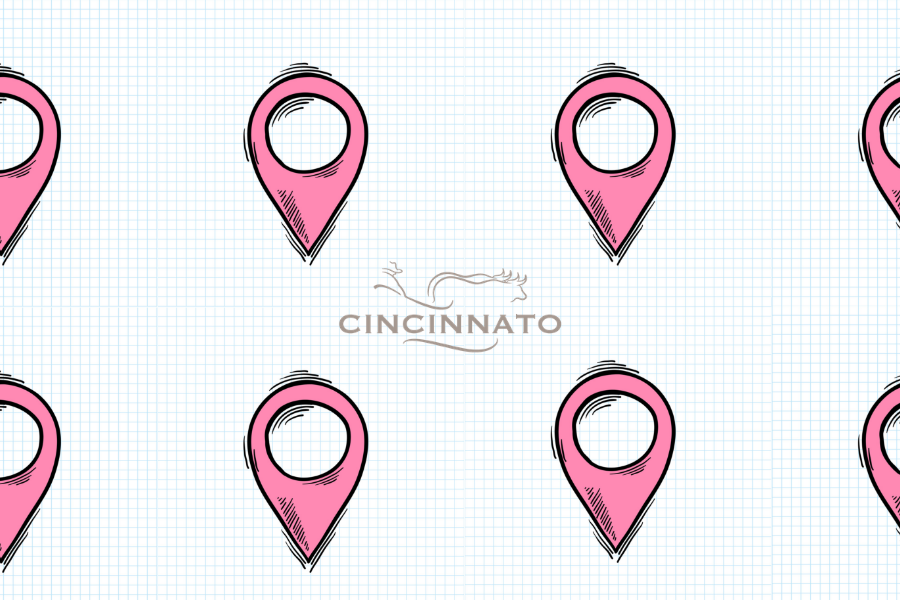“DoBianchi” is the most important blog about Italian wine in the United States. Jeremy Parzen created it in 2007.
As we can read from his biography, he is a “food and wine historian, Italian translator, and rock musician”. He gives in his blog a priviledged vision of Italian food and wine thanks to his various skills and experience.
The unusual name of the blog refers to an expression that Parzen heard in Venetian taverns: “Two Whites”. That is a Venetian slang to order two glasses of white wine. Thanks to his daily work in the field and his knowledge of Italian food and wine culture, Jeremy Parzen is for sure the best person to tell us about the relationship between Italian wine and the United States’ wine market.
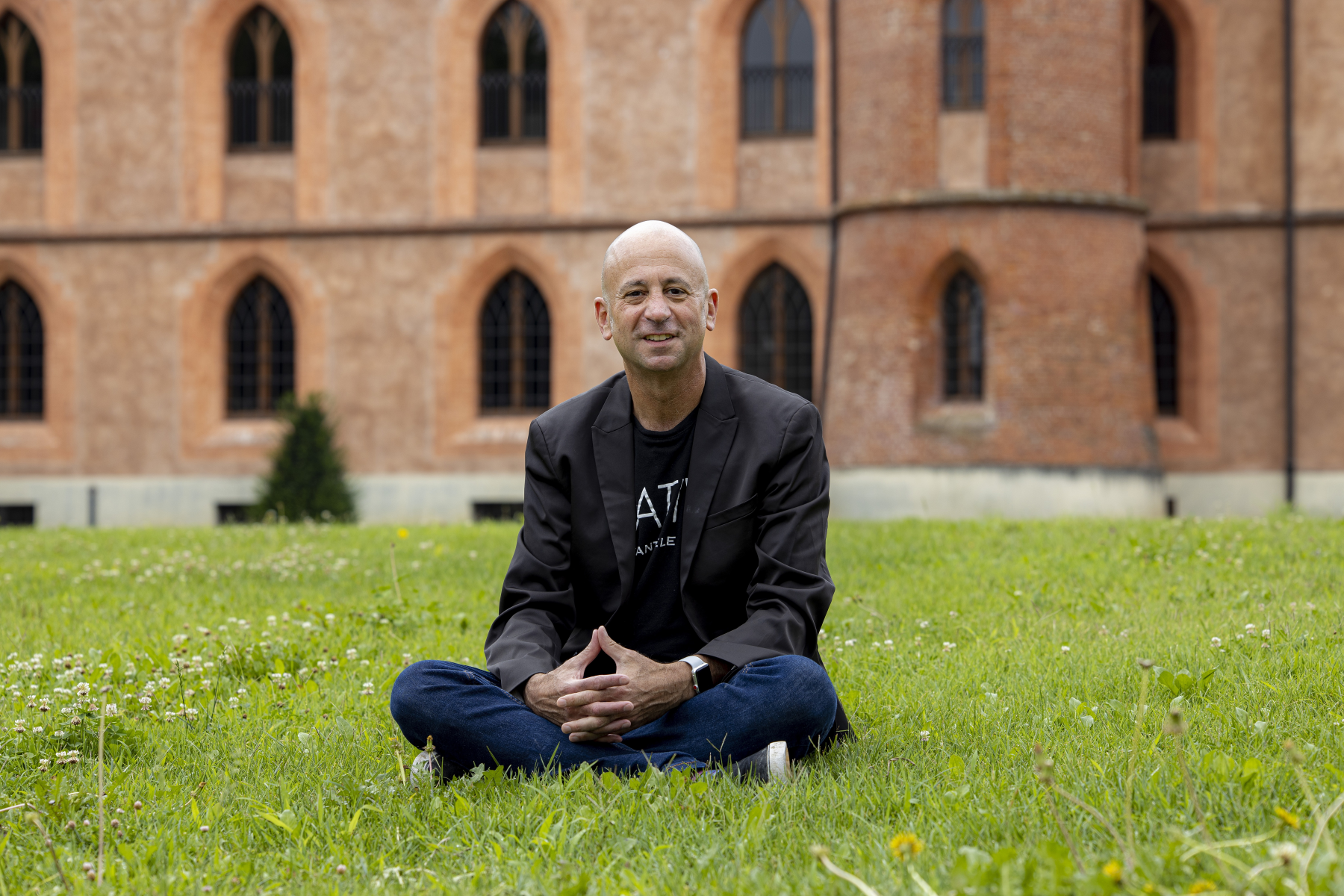
Photo credit: Photo by Marcello Marengo, courtesy of the Slow Food Università di Scienze Gastronomiche, Pollenzo, Italy
Jeremy, how has the approach to Italian wine in the USA changed in recent years? Has the way of seeing Italian wine changed and what is the style preferred by the Americans now?
Americans’ views of Italian wines have changed radically over the last 20 years. But one thing has remained constant: American wine enthusiasts love native Italian grape varieties, especially the most esoteric and localized. While the interest in international grape varieties from Italy still remains strong among older wealthy Americans, young wine lovers in our country swoon over unusual grapes from small family-owned farms. The internet and especially social media have played a big role in widening Americans’ Italian wines horizons.
Are Italian restaurants still the first sales channel of Italian wine in the USA or are they now widespread in other sectors?
Nearly every restaurant in the U.S. today offers Italian wine, in some shape or form, in their wine programs. It’s hard to imagine even a franchise casual dining venue wouldn’t have at least a Pinot Grigio and a Prosecco. Italian wine is ubiquitous throughout the U.S. in 2022. No doubt about it.
What should a region like Latium do to promote its wines in the USA?
Latium’s secret weapon is the fact that most Americans have never tasted a wine from the region except for Frascati.
Americans, especially wine writers, love “new” and “undiscovered”. Of course, the other thing that Latium has going it for it is Rome — the one Italian city that every American knows.
Roman cuisine is so popular today in the U.S. You can find “cacio e pepe” in restaurants that aren’t Italian-focused, for example. Latium wine should try to follow that trend.
In your opinion, are organic and native vines good drivers of growth and communication? Do you think it is better to focus on more defined styles?
Native grape varieties are always of interest to American wine lovers. They want to be “transported” to that small village where the grapes are an expression of history and culture. And “organic” continues to be a major “brand” in the wine world. Native grapes grown organically? A winning combination in my view.


